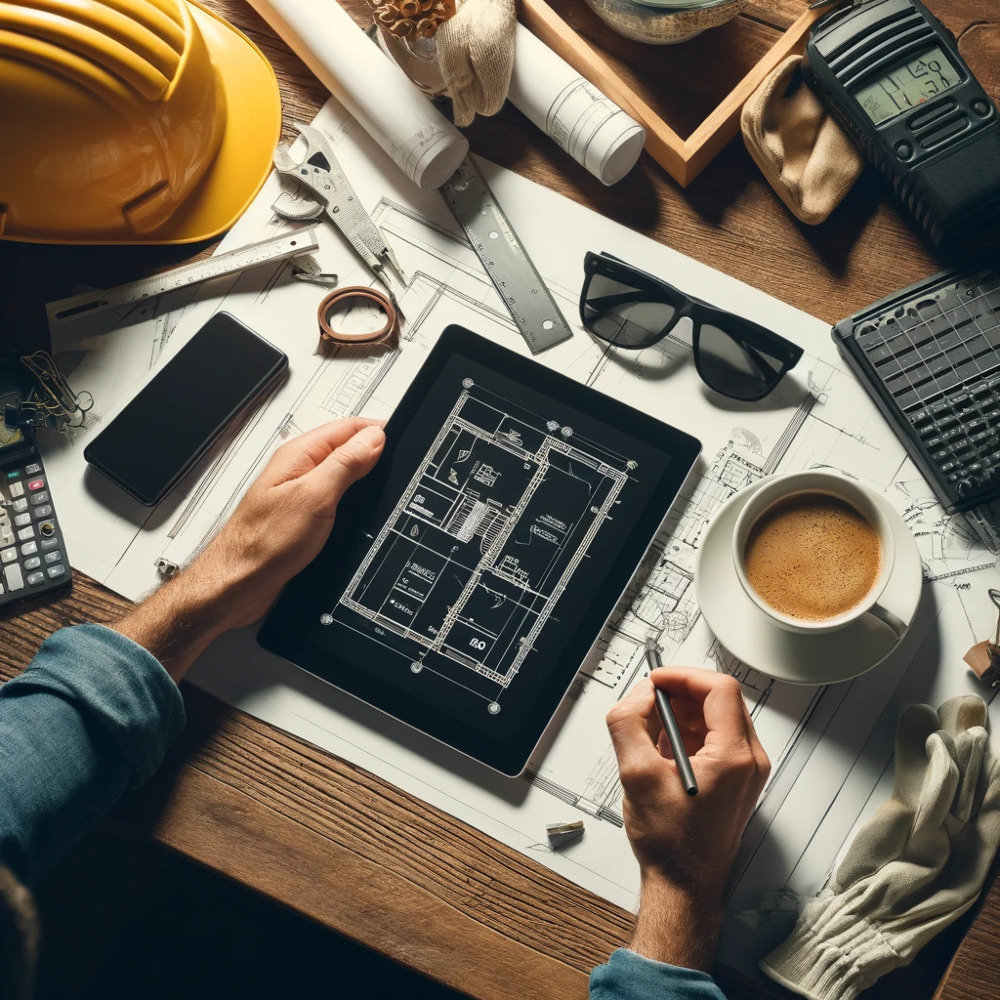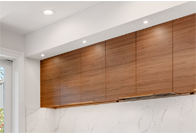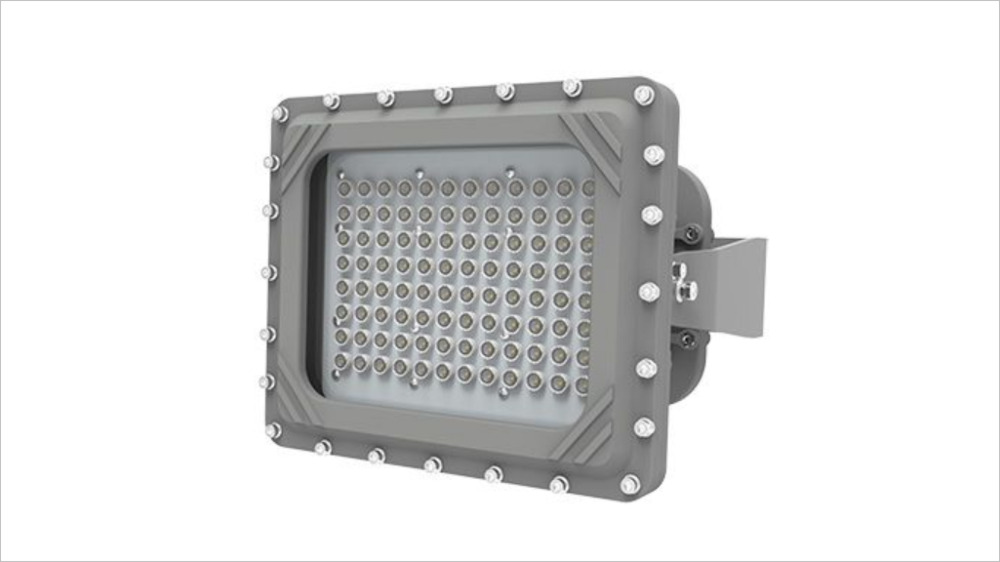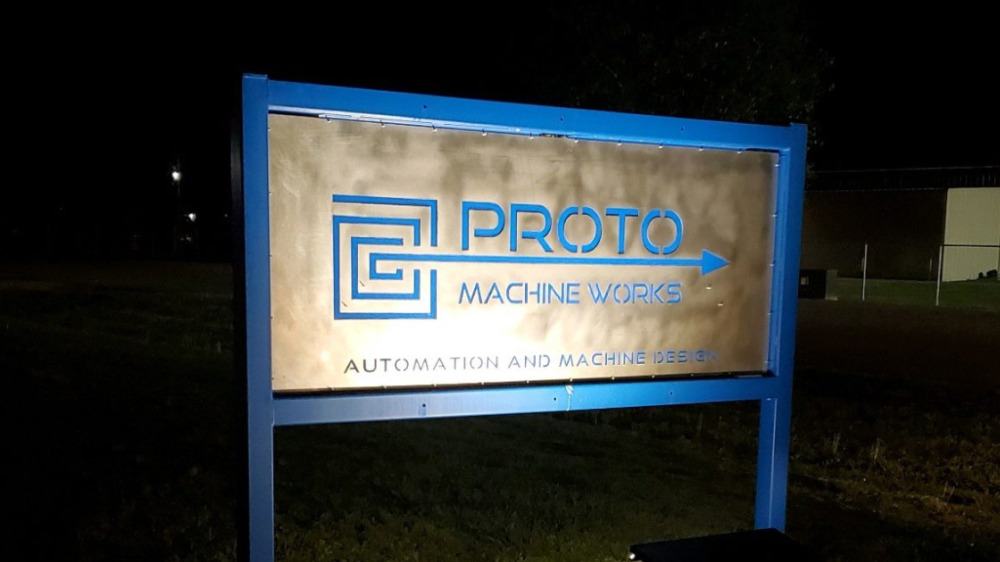Illuminating Spaces: How Interior Designers are Master Architects of Light Selection
- By deepak mishra
- Mar 29, 2023
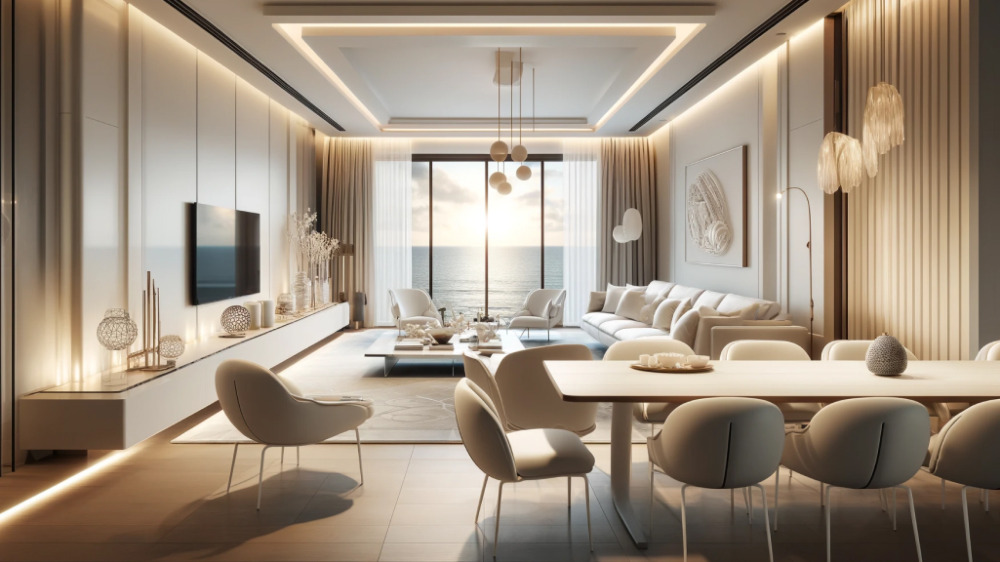
Illuminating Spaces: How Interior Designers are Master Architects of Light Selection

The selection process for lighting begins with the interior designer assessing the functional needs of the space. This includes determining the type of activities that will take place in the space, the number of people that will be using the space, and any specific requirements such as task lighting or accent lighting. Once the functional needs have been identified, the designer can then begin to consider the aesthetic goals of the space. This includes determining the overall style and mood that the space should evoke, as well as any specific design elements that need to be highlighted.
The interior designer will then work with the client to create a lighting plan that meets both the functional and aesthetic needs of the space. This plan will include a layout of the space, a list of the types of lights that will be used, and a detailed description of where each light will be placed. Once the lighting plan has been approved by the client, the interior designer will work with lighting distributors to select the actual light fixtures that will be used in the space.

Once the lighting plan and light fixtures have been selected, the interior designer will work with the contractor to ensure that the lights are installed correctly. This includes ensuring that the lights are properly wired, that the correct bulbs are used, and that the lights are placed in the correct location. The interior designer will also work with the contractor to ensure that the lights are properly integrated with any other systems in the space, such as dimmer switches or automatic lighting controls.
In addition to working with the contractor, the interior designer will also work with lighting distributors to ensure that the lights are delivered on time and that any issues or problems are addressed in a timely manner. This includes ensuring that the correct light fixtures are delivered, that the lights are in good working condition, and that any necessary warranties or guarantees are in place.

Interior designers bring a unique perspective to the selection of lighting for a project. They understand the functional needs of a space, as well as the aesthetic goals. They are able to create a lighting plan that not only meets the functional needs of a space, but also enhances the overall design of the space. They also have the ability to work with lighting distributors to select the best light fixtures for a space, and to work with contractors to ensure that the lights are installed correctly.
In conclusion, interior designers play a crucial role in the selection of lighting for any project. They understand the functional and aesthetic needs of a space, they create a lighting plan that meets those needs, they work with contractors and lighting distributors to ensure that the lights are installed correctly, and they enhance the overall design of the space. Without their expertise, it would be difficult to create a space that is both functional and visually appealing.
Illuminating Spaces: How Interior Designers are Master Architects of Light Selection
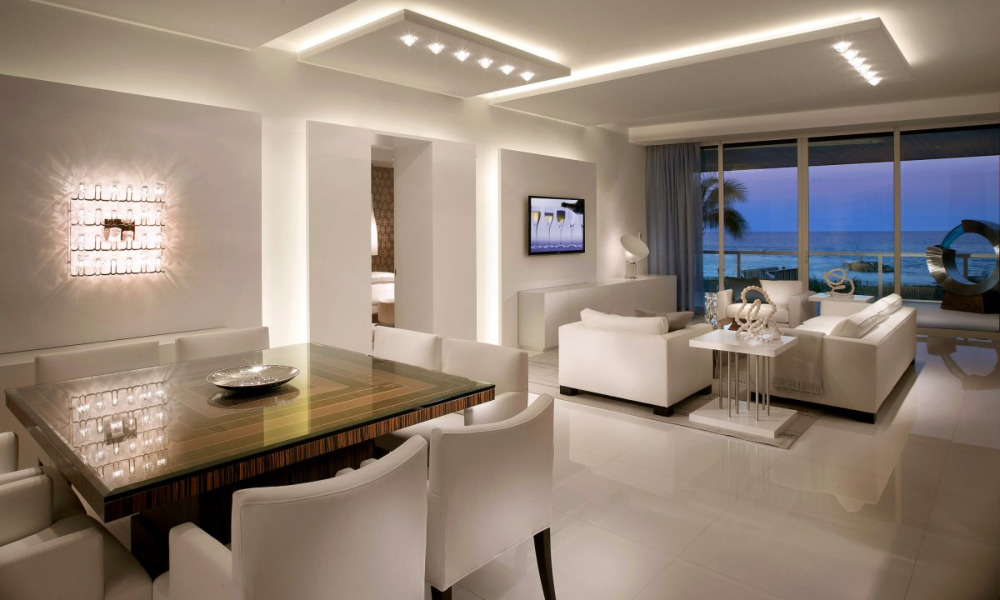

Interior designers play a crucial role in the selection of lighting for any project. Not only do they have an eye for design, but they also understand the functional needs and aesthetic goals of a space. In this article, we will discuss the selection process leading to the light package selection, how the interior designer interfaces with the contractor, lighting distributors, and the client, and the importance of interior designers in choosing lighting for projects.
The Selection Process:
The selection process for lighting begins with the interior designer assessing the functional needs of the space. This includes determining the type of activities that will take place in the space, the number of people that will be using the space, and any specific requirements such as task lighting or accent lighting. Once the functional needs have been identified, the designer can then begin to consider the aesthetic goals of the space. This includes determining the overall style and mood that the space should evoke, as well as any specific design elements that need to be highlighted.
The interior designer will then work with the client to create a lighting plan that meets both the functional and aesthetic needs of the space. This plan will include a layout of the space, a list of the types of lights that will be used, and a detailed description of where each light will be placed. Once the lighting plan has been approved by the client, the interior designer will work with lighting distributors to select the actual light fixtures that will be used in the space.
Interfacing with Contractors and Lighting Distributors:
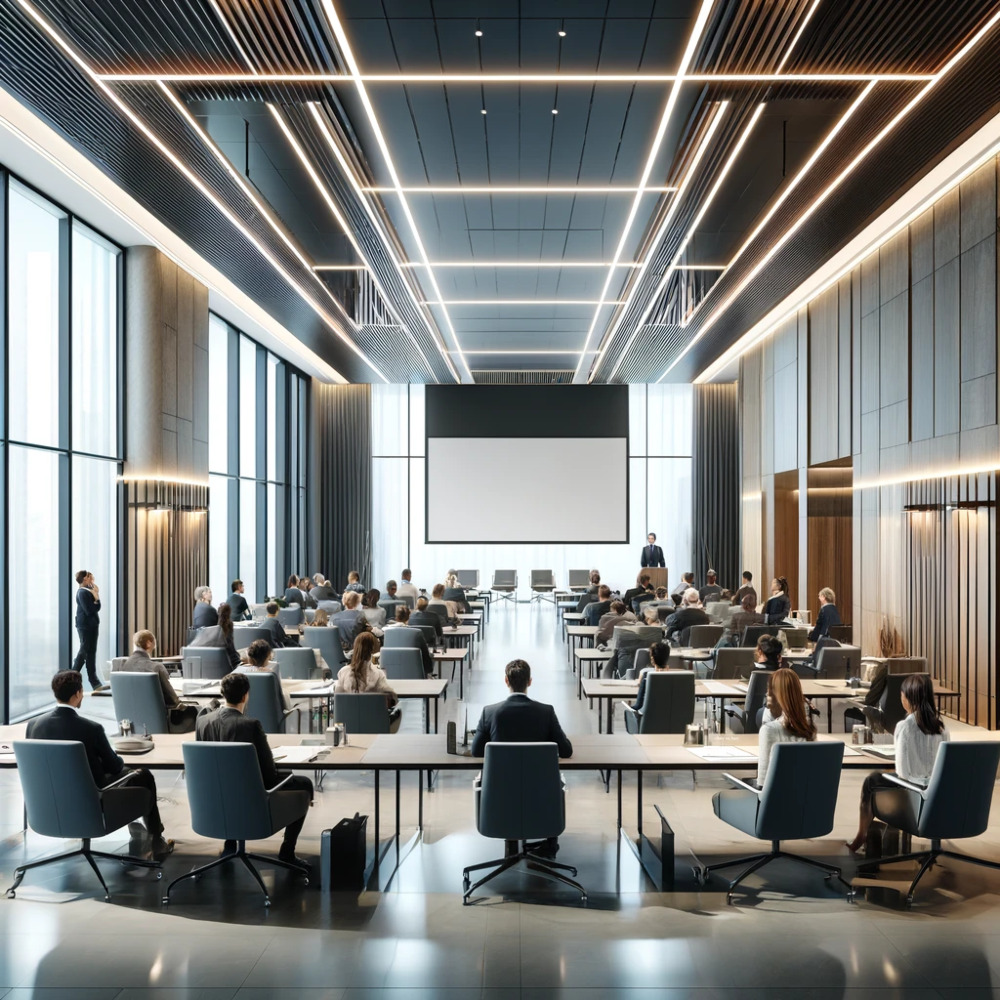

Once the lighting plan and light fixtures have been selected, the interior designer will work with the contractor to ensure that the lights are installed correctly. This includes ensuring that the lights are properly wired, that the correct bulbs are used, and that the lights are placed in the correct location. The interior designer will also work with the contractor to ensure that the lights are properly integrated with any other systems in the space, such as dimmer switches or automatic lighting controls.
In addition to working with the contractor, the interior designer will also work with lighting distributors to ensure that the lights are delivered on time and that any issues or problems are addressed in a timely manner. This includes ensuring that the correct light fixtures are delivered, that the lights are in good working condition, and that any necessary warranties or guarantees are in place.
Importance of Interior Designers in Choosing Lighting:
Interior designers bring a unique perspective to the selection of lighting for a project. They understand the functional needs of a space, as well as the aesthetic goals. They are able to create a lighting plan that not only meets the functional needs of a space, but also enhances the overall design of the space. They also have the ability to work with lighting distributors to select the best light fixtures for a space, and to work with contractors to ensure that the lights are installed correctly.
In conclusion, interior designers play a crucial role in the selection of lighting for any project. They understand the functional and aesthetic needs of a space, they create a lighting plan that meets those needs, they work with contractors and lighting distributors to ensure that the lights are installed correctly, and they enhance the overall design of the space. Without their expertise, it would be difficult to create a space that is both functional and visually appealing.
